Reflective paint keeps buildings cool & lowers AC bills
Studies show that a recently-developed reflective paint can help keep buildings cool by reducing the surface temperature of exterior walls by a stunning 28°F (15.6°C), reducing the need for air conditioning which, in the US, accounts for about 15% of energy consumption.
When we saw the study from Columbia and Howard Universities in the U.S. about this heat reflective paint and it giving significantly reduced cooling costs, we were instantly suspicious since it bore a striking resemblance to the bogus ‘Nasa developed insulating paint’ story (read more here), which claimed to reduce heat loss and replace insulation. But this one seems to have merit.
Sometimes new green-building products and trends turn out to be complete bunk, but other times they really are game changers. It is too soon for any of us to stand firmly behind (or distance ourselves from) this one, but it looks promising.
How does this heat reflective paint work?
Using light colors to reflect heat and keep thermal mass cool in hot climates is nothing new. Villas in Spain and Greece are perfect examples of that, where white paint has been the main strategy for natural cooling of homes and buildings for centuries. The LEED for homes rating system even rewards points for buildings who's roof surface meets a certain reflective criteria (29 SRI - solar reflective index)
What is new about this is that it is a doubled-layer paint, so it has heat reflective qualities but it is not limited to white.
This paint consists of a top layer that offers options in color, and an underlayer that reflects near-to-short infrared wave lengths, reducing the surface temperature of the wall. The intended use is not just limited to homes and commercial buildings such as Data centers that have enormous cooling loads, it can also be used for electric vehicles, and the implications are significant. By reducing the need for cabin cooling, that can lead to extended range of the best EVs, making them an even greater option over gas-powered cars.
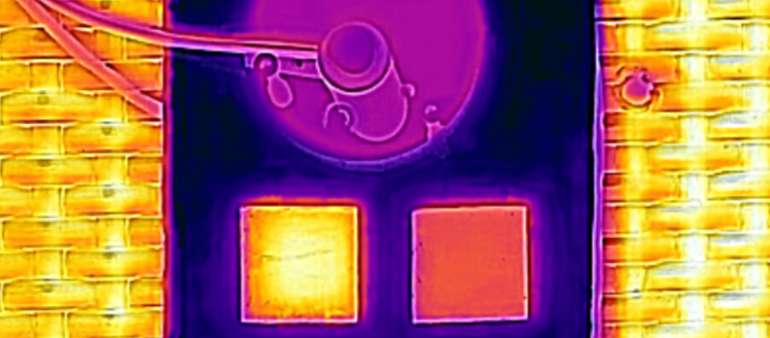
According to the study leader Dr. Yijun Chen, of Columbia University in New York - ”The paintable bilayer designs, which substantially outperform commercial monolayer paints, demonstrate a practical and efficient solution to cooling colored objects in a green and energy-saving manner.“
While highly-reflective surfaces can have a notable effect on reducing energy consumption, the downside is that they can cause eye damage. It was this reality that led the team at Columbia University towards developing a double-layered paint with a thickness of half a millimetre. In addition to reducing the glare, this can offer the same energy-savings from heat reflection without being limited to white.
This ultra-thin layer contains interconnected micro-pores and nano-pores which reflect infrared light, a type of electromagnetic wave that transfers heat.
The top layer of the paint contains colorants and TiO² (titanium dioxide), which is already being used to add opacity to paint. When compared to traditional single-layer paints, the results showed higher reflectance values for each color.
”The top layer absorbs appropriate visible wavelengths to show specific colors, while the underlayer maximises the reflection of near-to-short wavelength infrared light to reduce solar heating," said Dr Chen.
”Consequently, the bilayer attains higher reflectance compared with commercial paint monolayers of the same color and stays cooler by as much as three to 15.6 degrees Celsius (28°F) under strong sunlight.”
To date, findings indicate that the paint works almost as well at lower temperatures as it does at warm temperatures. There is no telling for sure when this will be available commercially, but when additional information becomes available we will update this page and our members - so be sure to sign up today!
Find more news on the latest green building products and techniques, along with time tested passive heating and cooling strategies in the Ecohome Green Building Guide and on the following pages:
Find more about green home construction and reap the benefits of a free Ecohome Network Membership here. |















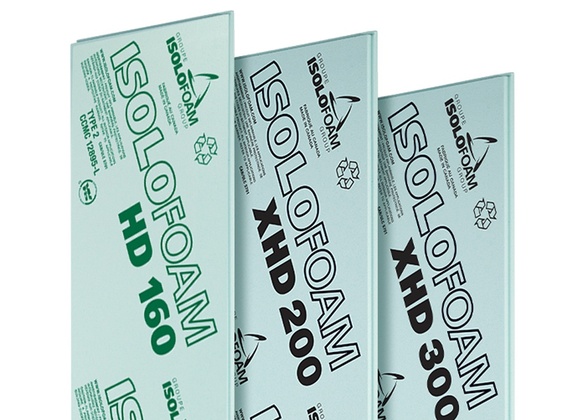

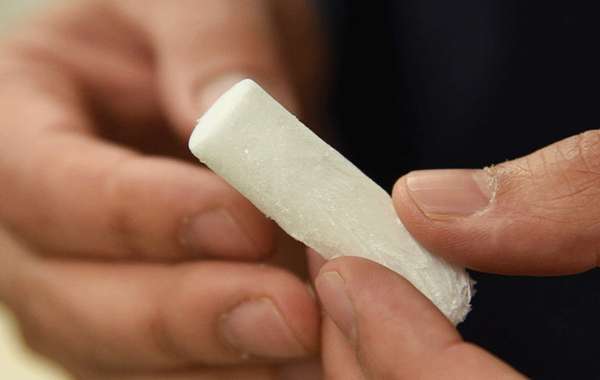
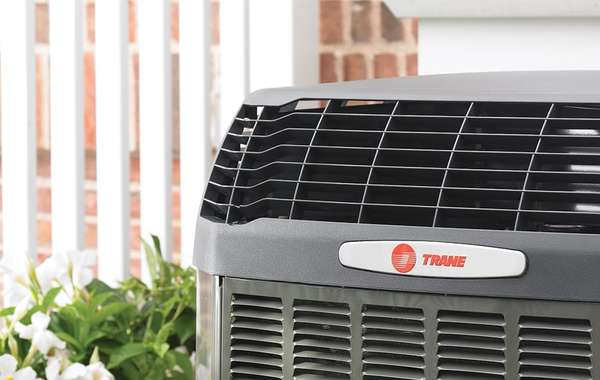
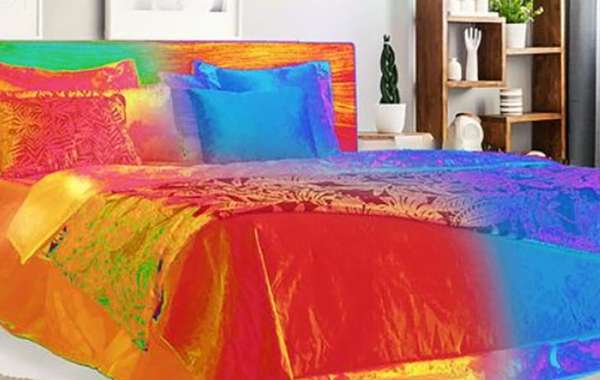
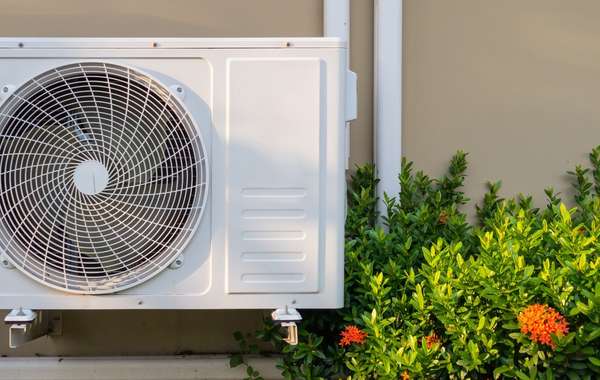
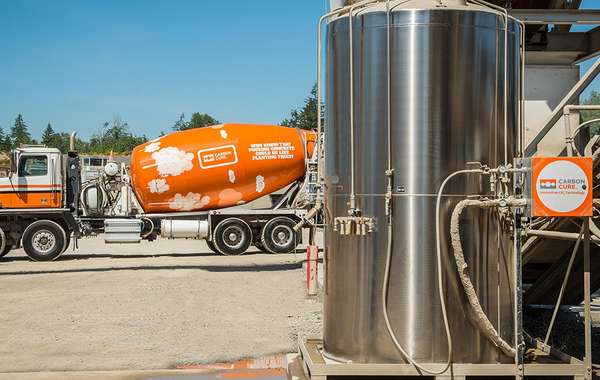
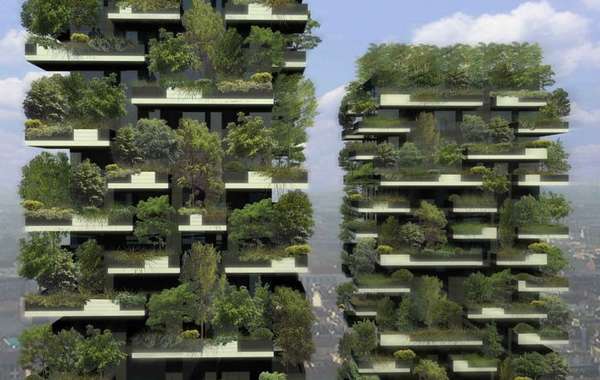
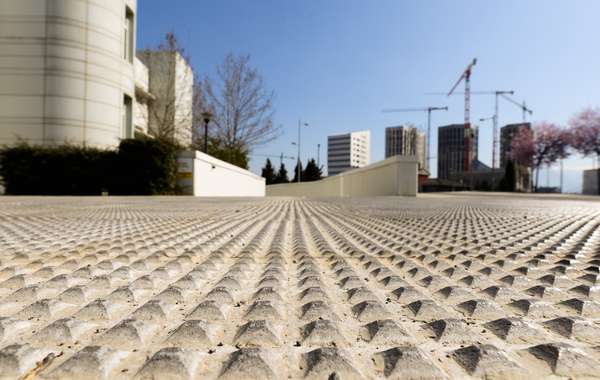
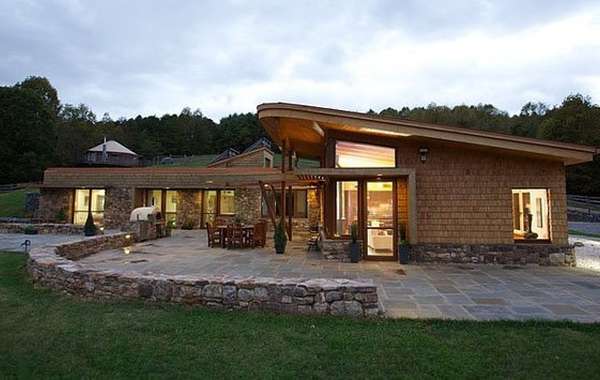
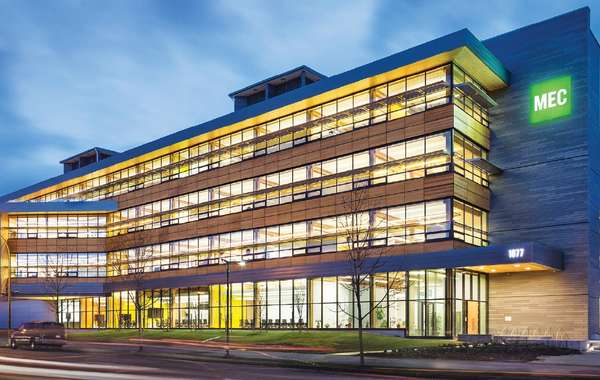
Comments (0)
Sign Up to Comment